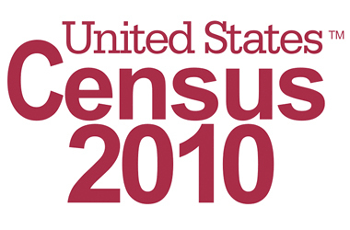
How does the 2010 Census count lesbian, gay, bisexual and transgender (LGBT) people?
The 2010 Census does not ask about sexual orientation or gender identity. LGBT people living with a spouse or partner can identify their relationship by checking either the “husband or wife” or “unmarried partner” box.
How do same-sex couples answer the relationship question?
The 2010 Census will be the first to report counts of both same-sex partners and same-sex spouses. The person filling out the form (Person 1) is asked to identify how all other individuals in the household are related to him or her.
Census data are based on how individuals self identify and how couples think of themselves. Same-sex couples who are married, or consider themselves to be spouses, can identify one other adult as a “husband or wife.” Other same-sex couples may instead decide to use the term “unmarried partner.” In general, people who identify as unmarried partners are in a close personal relationship but are not married or do not think of themselves as spouses.
Census data are based on how individuals self identify. This includes same-sex couples who live somewhere their relationship is not recognized.
What about transgender individuals?
The 2010 Census asks a question about each person’s sex. Transgender respondents should select the sex with which they identify. Mark only one box.
How do I answer the race and ethnicity question?
The 2010 Census includes two questions about race and ethnicity. Note that the question about ethnicity is separate from the question about race. Further, the race question allows respondents to check all boxes that apply.
A note to bi-racial/ethnic couples
Census reports some statistics on the race/ethnicity of the “household.” Bi-racial/ethnic couples should note that this is determined using the race/ethnicity of Person 1, the person who fills out the Census form for the household.




